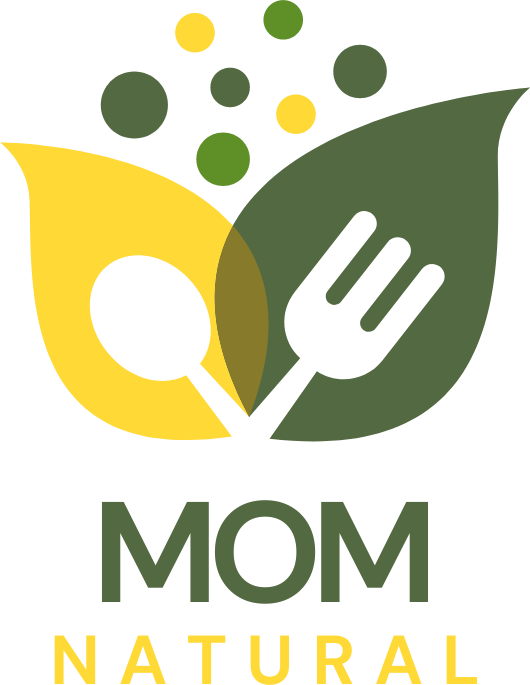Understanding the Importance of Introducing Dairy to Babies
Providing a balanced diet for babies is crucial in ensuring they receive all necessary nutrients for healthy growth. One food group often met with apprehension by parents is dairy. Yet, introducing dairy to babies is a critical step in diversifying their diet and offering numerous health benefits. In the following sections, we’ll delve into why dairy is a vital addition to your baby’s diet, some important considerations, and tips on how to introduce dairy safely.
The Nutritional Benefits of Dairy
One of the main reasons for introducing dairy into your baby’s diet is its richness in essential nutrients. Dairy products offer a unique blend of proteins, vitamins, and minerals vital for your baby’s growth and development. Here are some key nutritional benefits:
- Calcium: Dairy is an excellent source of calcium, which is crucial for developing strong teeth and bones.
- Proteins: The high-quality proteins contained in dairy products contribute to muscle growth.
- Vitamins: Dairy is rich in vitamins A, B12, and D, essential for brain development, nerve function, and immune system support.
Managing Food Allergies
While dairy products are excellent for baby nutrition, some babies may develop food allergies. Generally, these are not life-threatening, but they can cause discomfort. One common condition is Dairy Soy Protein Intolerance (DSPI), where babies react to proteins found in dairy and soy. Managing food allergies in babies requires careful observation of new foods introduced into their diet.
Safe Food Practices When Introducing Dairy
Before introducing dairy into your baby’s diet, it’s essential to be aware of safe food practices. Here are some crucial steps to remember:
- Start with small amounts: An overload of dairy products can upset your baby’s stomach. Start with a small serving and gradually increase the quantity.
- Avoid sweetened dairy: Opt for unsweetened yoghurt and cheese, as sweetened versions contain added sugars that aren’t good for your baby’s health.
- Monitor for reactions: Keep an eye out for any signs of allergic reactions such as skin rashes, diarrhea, or vomiting. If you observe any of these, consult your pediatrician.
Engaging Your Baby in Healthy Eating Habits
Introducing dairy to your baby’s diet is also an opportunity to instill healthy eating habits. One way to do this is by making food fun. Consider making baby-friendly recipes with dairy products that are tasty and visually appealing.
Another excellent method is through educational tools. For instance, the mobile dairy classroom offers an interactive way to teach children about the importance of dairy in their diet.
Final Thoughts
Introducing dairy safely into your baby’s diet can seem daunting, given potential food allergies and differing dietary needs. However, with careful planning, monitoring, and applying the baby nutrition tips mentioned above, the transition can be smooth and beneficial. With time, dairy can become an integral part of your baby’s wholesome diet, contributing to their overall health and well-being.
The Dairy Ladder: Stepping Stones to Introduce Dairy
An effective method to gradually introduce dairy to your baby’s diet is following the “dairy ladder” concept. It eases the baby into consuming progressively larger amounts and more potent dairy products while monitoring any reaction. If, at any point, there’s an adverse reaction, you can simply step down on the ladder and consult your healthcare provider. More often than not, this method is successful in ensuring your child is able to handle dairy in their diet. You can further read about experiences of parents who followed the dairy ladder method.
Extra Considerations for Breastfeeding Mothers
Breastfeeding mothers who consume dairy products must also be watchful. Babies can develop an intolerance to cow’s proteins passed to them through breastfeeding. This is often mistaken as lactose intolerance, but is in fact a Milk Soy Protein Intolerance. This condition can cause symptoms like vomiting, diarrhea, and even blood in the stool. Mothers who consume lots of dairy can occasionally notice their milk has excess lipase, which causes ‘soapy’ or metallic tasting breast milk. If the baby seems to reject your milk, you may want to take a step back from dairy products and consult with your healthcare provider. The process to resolving excess lipase in breastmilk can be straightforward, so please do not worry.
Managing Egg Allergies
Since we are talking about food allergies, it’s essential to mention that eggs, another commonly introduced food, can cause allergies in some children. Symptoms can range from mild to severe, from a runny nose and hives to anaphylaxis. If your child has manifested any of these symptoms after consuming eggs, you may want to consider removing eggs from your child’s diet and seek medical advice. Understandably, it can seem quite challenging to find substitutes for eggs in recipes. Here’s a blog post about egg-allergy experience and substitution ideas that can help alleviate some stress and confusion around this.
Dairy Alternatives
If your baby develops an intolerance or an allergy to cow’s milk protein, there’s no cause for panic. Dairy alternatives such as almond milk, rice milk, and oat milk can provide essential nutrients needed for your baby’s grow and development. Keep in mind that each alternative has different nutritional content, so consult your pediatrician to ensure these alternatives can cater to your baby’s specific dietary needs.
Undergoing a Diet Elimination Trial
If your baby is showing signs of intolerance, one effective method of discerning the source is through a diet elimination trial. Essentially, you would eliminate the suspected food allergen from your baby’s diet for a period, increasing slowly again to test for symptoms. For more information on handling and living with dairy and soy protein intolerance while breastfeeding, click on the link provided.

